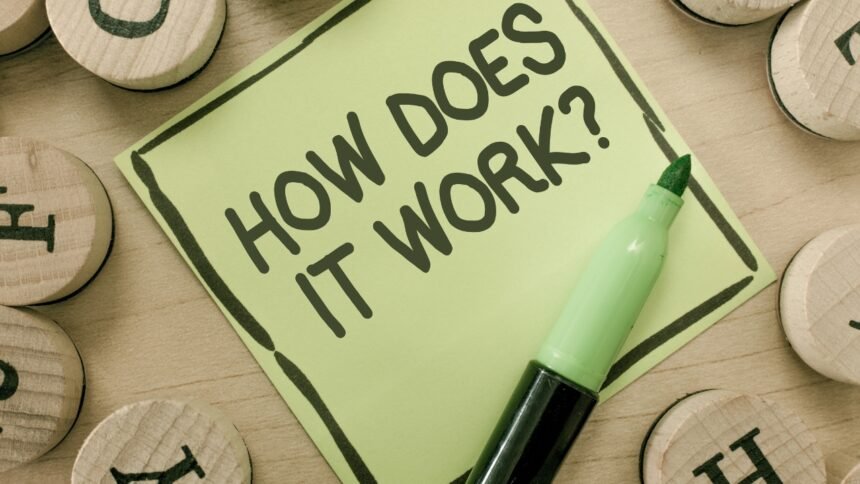How does society shape criminals? It’s a question that sparks heated debate, demanding we delve into the complex interplay between individual agency and the powerful forces of social structures. Are individuals solely responsible for their criminal acts, or does society bear a significant portion of the blame? This exploration will dissect the various societal factors that contribute to crime, challenging our assumptions about justice, punishment, and rehabilitation.
Understanding the Roots of Crime: It’s Complicated
The simplistic view that criminals are simply “bad people” who make inherently evil choices ignores the multitude of factors that can push individuals towards criminal behavior. Poverty, lack of opportunity, systemic discrimination, and exposure to violence all play a role. To truly understand crime, we must move beyond individual blame and examine the social conditions that foster it.
How Does Society Shape Criminals Through Socioeconomic Factors?
Socioeconomic disparities are a breeding ground for crime. The correlation between poverty and crime rates is undeniable, although the relationship is complex and not always direct. Individuals living in impoverished communities often lack access to quality education, healthcare, and employment opportunities.
The Cycle of Poverty and Crime
When people are struggling to meet basic needs, they may turn to illegal activities as a means of survival. Furthermore, the lack of economic mobility can create a sense of hopelessness and resentment, leading individuals to act out in ways that violate the law. As one Reddit user aptly put it, “When you’re born into a system that’s rigged against you, sometimes the only way to get ahead is to break the rules.” This sentiment reflects a broader understanding that socioeconomic disadvantage can significantly increase the likelihood of criminal behavior.
The Impact of Inequality
Beyond poverty, broader societal inequality also plays a role. A society with vast disparities in wealth and opportunity can create a sense of injustice and resentment, particularly among those at the bottom of the socioeconomic ladder. This can lead to a breakdown in social cohesion and an increase in crime rates.
Systemic Discrimination and the Criminal Justice System
Racial and ethnic minorities are disproportionately represented in the criminal justice system in America. This is not simply a matter of individual behavior; rather, it reflects systemic biases that permeate our institutions.
Racial Profiling and Unequal Treatment
Racial profiling by law enforcement, harsher sentencing for minority offenders, and unequal access to legal representation all contribute to this disparity. These biases can create a self-fulfilling prophecy, where minorities are more likely to be arrested, convicted, and incarcerated, reinforcing negative stereotypes and further marginalizing these communities.
The School-to-Prison Pipeline
The “school-to-prison pipeline” is another example of how systemic discrimination can contribute to criminal behavior. This refers to the trend of pushing students, particularly minority students, out of schools and into the criminal justice system through zero-tolerance policies, suspensions, and expulsions. By removing students from educational opportunities, the school-to-prison pipeline increases the likelihood that they will become involved in crime.
The Influence of Family and Community
The environment in which a person grows up also has a significant impact on their likelihood of engaging in criminal behavior.
The Role of Family Structure
Broken homes, parental neglect, and exposure to domestic violence can all increase the risk of criminal involvement. Children who grow up in unstable or abusive households may lack the emotional support and guidance they need to develop into responsible adults. They may also be more likely to develop behavioral problems and engage in risky behaviors, increasing their chances of coming into contact with the criminal justice system.
The Impact of Neighborhoods
Similarly, living in a high-crime neighborhood can expose individuals to violence, drug use, and other negative influences. Exposure to these environments can normalize criminal behavior and make it more difficult for individuals to resist temptation. Moreover, these neighborhoods often lack the resources and support systems necessary to prevent crime, such as after-school programs, job training, and mental health services.
How Media and Culture Shape Perceptions of Crime
The media also plays a significant role in shaping our perceptions of crime.
The Glorification of Violence
The constant exposure to violence in movies, television shows, and video games can desensitize individuals to the consequences of violence and make it more likely that they will engage in violent behavior. Furthermore, the media often portrays criminals as glamorous or anti-heroic figures, which can further normalize criminal behavior and make it more appealing to young people.
The Creation of Moral Panics
The media can also create “moral panics” around certain types of crime, exaggerating the threat and fueling public fear. This can lead to increased pressure on law enforcement to crack down on crime, often resulting in over-policing and mass incarceration.
Addressing the Root Causes: A Path Forward
If we are serious about reducing crime, we must address the root causes of criminal behavior by asking ourselves, “how does society shape criminals?”
Investing in Education and Opportunity
This means investing in education, job training, and other programs that help people escape poverty and achieve economic security. It also means addressing systemic discrimination in the criminal justice system and creating a more equitable society.
Strengthening Families and Communities
Furthermore, we need to strengthen families and communities by providing support services to struggling parents and creating safe and supportive environments for children to grow up in. This includes investing in early childhood education, after-school programs, and mental health services.
Reforming the Criminal Justice System
Finally, we need to reform the criminal justice system to make it more fair, just, and effective. This means reducing reliance on incarceration and investing in alternative approaches to punishment, such as restorative justice and community service. It also means providing rehabilitation services to help offenders turn their lives around and become productive members of society.
The Expert Viewpoint
According to Dr. Robert Sampson, a leading criminologist at Harvard University: “Neighborhoods characterized by concentrated disadvantage, social isolation, and weak social organization are more likely to experience high rates of crime and violence. These factors create an environment where criminal behavior is more likely to flourish.” This statement underscores the importance of addressing the social conditions that contribute to crime.
Beyond Individual Blame: Societal Responsibility
While individual accountability is crucial, we cannot ignore the profound influence of societal factors on criminal behavior. To create a safer and more just society, we must confront these challenges head-on and work to build a more equitable and supportive environment for all. Blaming individuals alone is a cop-out; it allows us to ignore the systemic issues that perpetuate crime. It is imperative that we examine the question, “how does society shape criminals?“
Conclusion: Shaping a Better Future
Ultimately, understanding how society shapes criminals requires a nuanced and compassionate approach. It means moving beyond simplistic notions of blame and recognizing the complex interplay between individual agency and social forces. By addressing the root causes of crime, we can create a society where everyone has the opportunity to thrive and where crime is no longer a product of circumstance. The path to a safer and more just society lies in recognizing our collective responsibility to create a better future for all. Understanding how does society shape criminals is the first step toward effective crime prevention.






